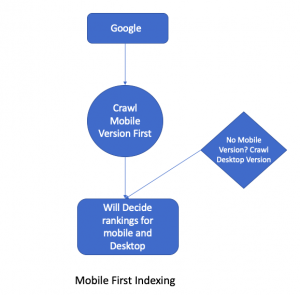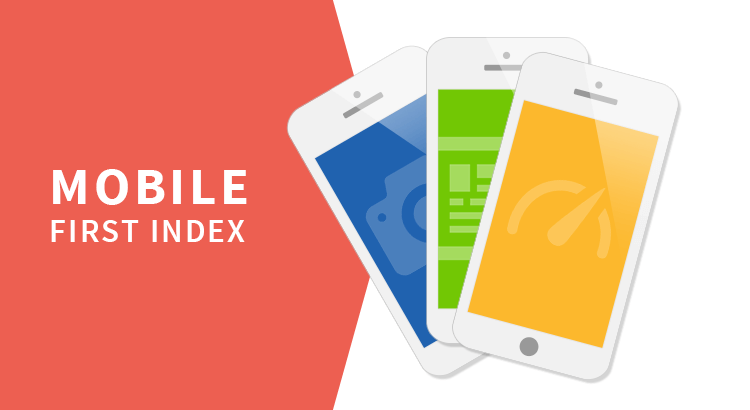- October 27, 2018
- by Diet SEO India
- SEO
- 0 Comments
The majority of people today use smartphones more than any other device to access the Internet. In light of this consumer behaviour that’s increasingly becoming the norm, Google has started focusing on mobile-friendly websites. It actually started in 2015 with the launch of a mobile-friendly upgrade called Mobilegeddon. However, from this year onward, website owners can expect to receive stringent penalties for avoiding the mobile platform due to “mobile-first indexing”. So, if you don’t have a mobile-ready website yet, should you be worried? The answer is “yes”. However, first things first.
What is Mobile-First Indexing?
Mobile-first indexing is exactly what it sounds like. It means that whether a website has a mobile version or not becomes the most important factor in Google Search’s index. However, you must not confuse it with a “mobile-only” index. In other words, if your website is designed only for desktops, then it will still be included in the Google Search index, only it’s ranking will be affected greatly.
How Does It Work?
On 20th Sept 2018 Website owners started receiving a message “Mobile-first indexing enabled for your website” in their Google Search Console and it highlights the following:
It says web owners will start seeing traffic in the logs from Googlebot Smartphone. Also, the snippets in Google Search results will be generated from the mobile version of your content.

Previously, this is how Google Search would go about indexing:
- Crawl the desktop website.
- Use the data from the website to assign an appropriate rank.
- The mobile website was a secondary factor with low priority in ranking.
Today, using mobile-first indexing, Google Search indexes websites in the following manner:
- Crawl the mobile website.
- Use the information obtained from the mobile website as the basis for ranking.
- Crawl the desktop website if the mobile website isn’t available.
How to Prepare for the Changes?
It goes without saying that you must have a dedicated mobile website to prepare for mobile-first indexing. However, Google has highlighted a few other points that you may want to keep in mind:
- Make sure that Google’s crawlers are able to access the mobile version of your website.
- Both mobile and desktop sites must have structured data.
- Make sure that the mobile website is verified as a separate entity in Google Search Console.
To make your website “mobile-first ready”, you can get recommendations from Google itself. You can use the Google Test My Site tool to help Google diagnose the problems with your website and provide the steps that you need to take to improve your site’s ranking for mobile-first indexing. It’s easily one of the most powerful website diagnostics tools available today that analyse a variety of critical factors including core structure and quality, image compression, page load speed, industry-specific benchmarks, etc.
The Ideal Solution
There is no denying the fact that you must have a mobile-friendly website today if you don’t want to lose organic traffic provided by Google Search. In fact, it’s a possibility that Google moves from “mobile-first” to “mobile-only” for indexing. So, what’s the recommended solution when you don’t have a mobile website yet?
The best approach today is to create a responsive web design site as soon as possible. This is a smart web design practice that’s followed by all the popular websites, and it’s not hard to see why. With a responsive web design, you don’t have to worry about the different types of devices on which the website is accessed, as the design adapts accordingly. Plus, with your resources allocated to one website only, you can manage its services much better and save time too.


